Empowering Homeowners with Renewable Energy Solutions
Discover how our customised renewable energy solutions can maximise energy efficiency, lower costs, and create a more sustainable home. Join us in building a brighter and greener future for your household.
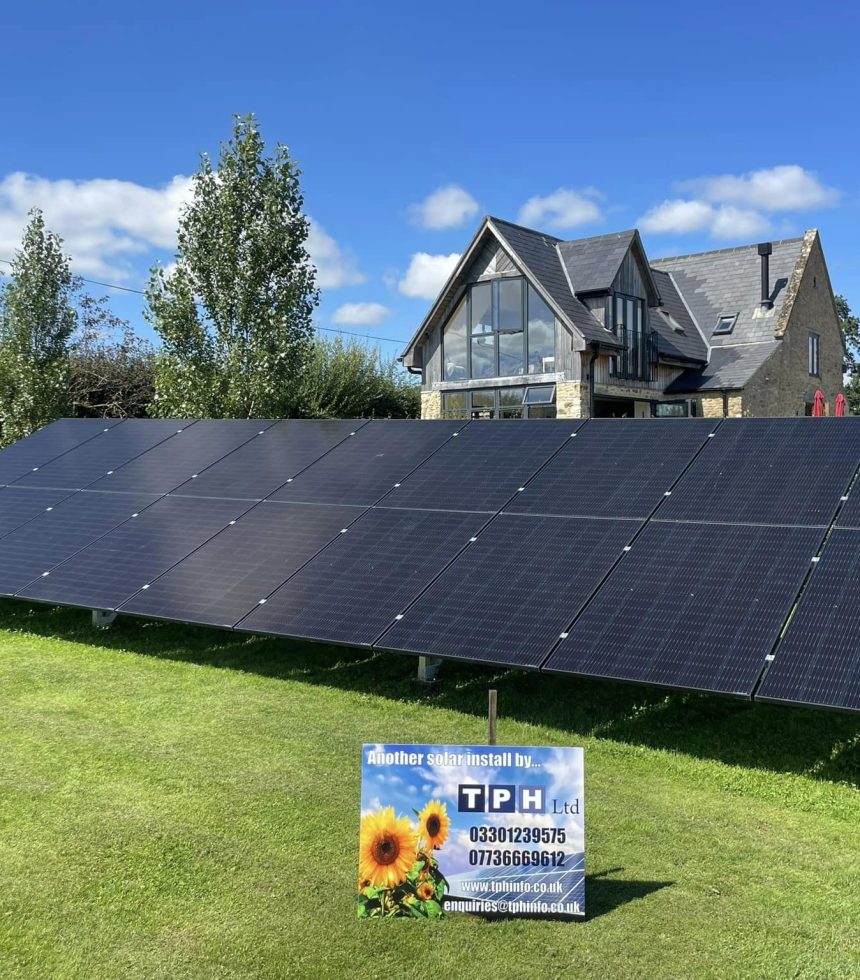
About Us
20 Years of Experience in the renewable industry
With a foundation established in 2020, Thomas P&H Ltd has swiftly become a trusted name in the renewable energy sector, renowned for its commitment to excellence. Our team of 12 skilled professionals, led by an industry-experienced director, ensures superior workmanship, driving unmatched customer satisfaction and solidifying our standing through glowing referrals.
At Thomas P&H Ltd, our primary aim is to provide sustainable solutions that alleviate the financial strain of rising energy costs for both households and businesses. While we primarily operate in the South of the UK, our reach extends far beyond, demonstrated by numerous successful residential projects. As more than just a company, we take pride in being a renewable engineering partner to our clients, offering energy consultancy and diverse product installations tailored to the ever-changing needs of homeowners, ensuring they can embrace a greener future while enjoying cost savings.
- Leaders in sustainable transformation.
- Trusted by customers, referred by many.
- Tailoring energy solutions to fit your needs.
Why Choose Us
Empowering Sustainable Futures
At TPH we don’t believe in the hard sale, we don’t have a call centre or flashy sales people. We are a local engineering company that specialises in Solar PV & Battery Storage, based in Hampshire. Drawing from our lead engineer/directors 20 years experience within the Renewables Industry our goal is to base each individual design on the customers specific needs. We take great pride in being able to help lower peoples energy bills and also reduce their carbon footprints whilst doing so.
All of our installations are completed by our in house fitting teams.
Our Services
Explore Our Services
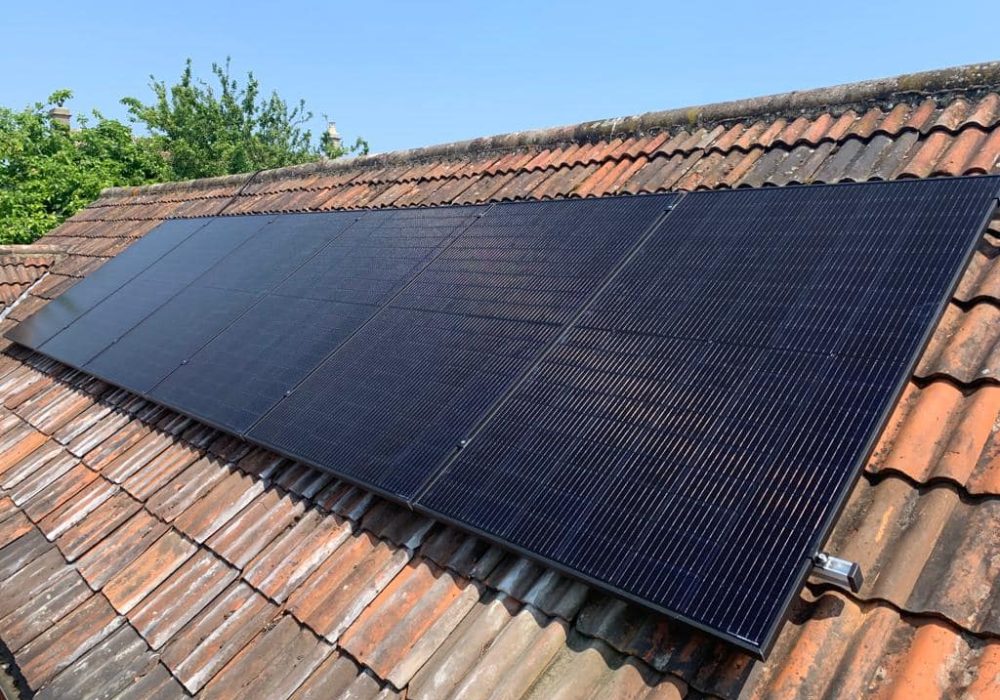
Solar PV
Solar PV systems can reduce your electricity bill significantly by generating clean fossil free energy. By using an MCS certified installer, homeowners will be eligible to receive a payment for every KWH of energy generated.
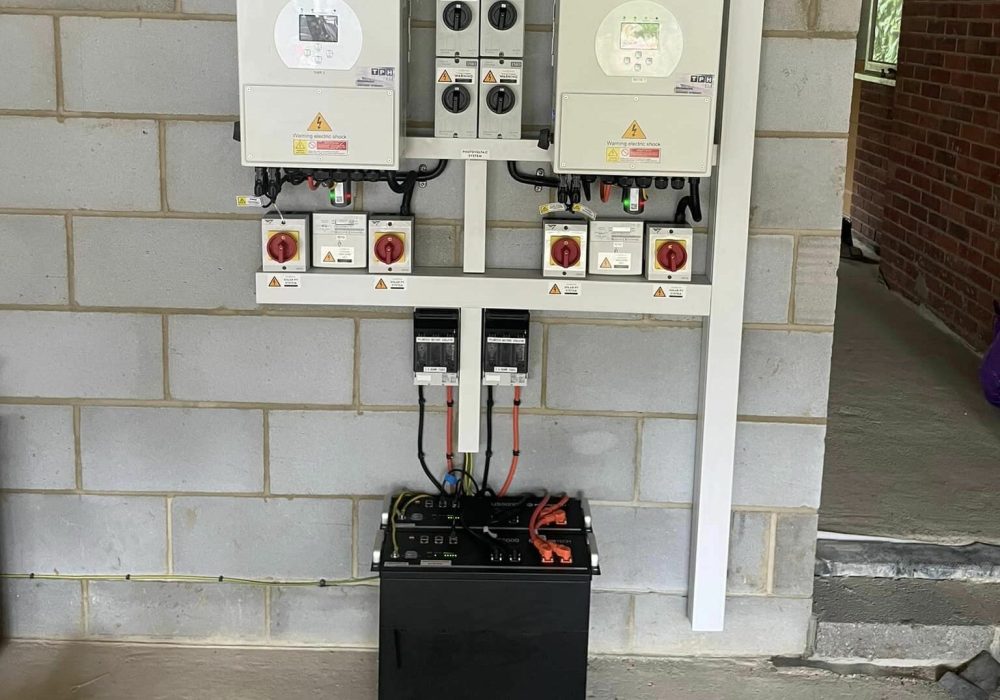
Solar PV & Battery Storage
By adding battery storage to your solar PV array you can store any excess generation made during the day to be used during high loads or in the evening This set up can also be used during the winter to charge the battery during overnight or off peak tariffs.
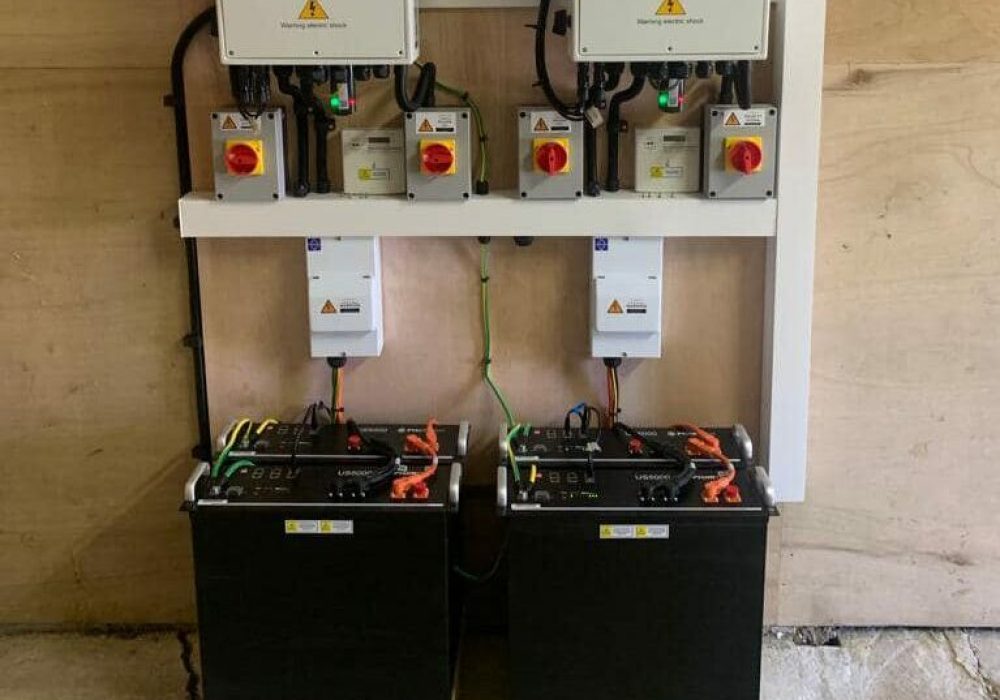
Battery Storage (addition to existing system)
We can add battery storage to your existing array even if you are on a F.I.T. This also means you will be able to make use of overnight off peak tariffs.
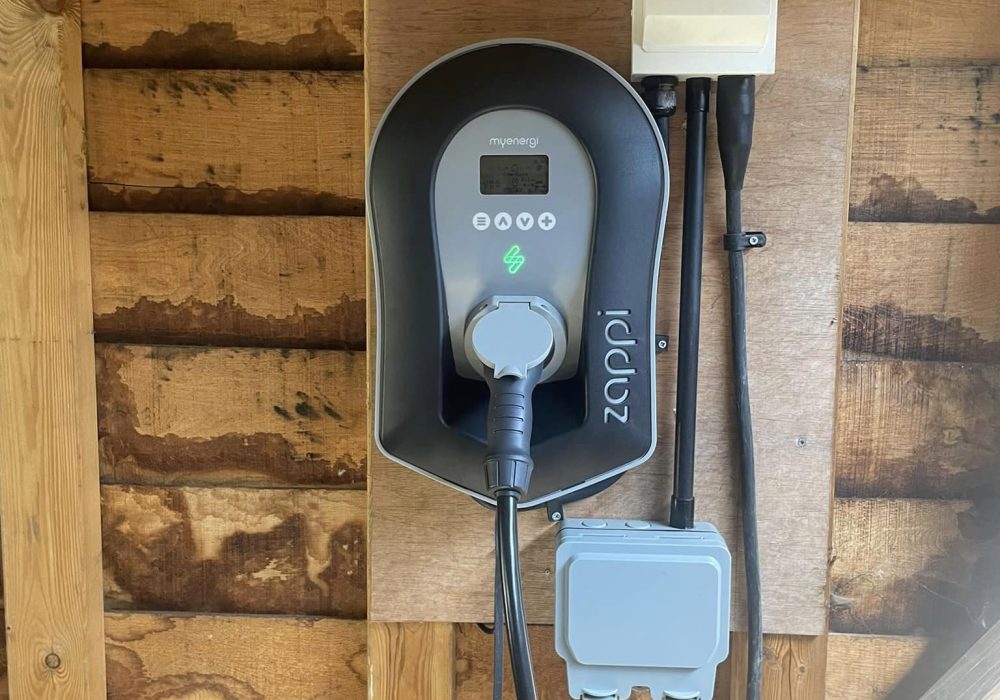
EV Charging points
Our preferred EV charging point is the My Energy Zappi charger. The major advantage of these units are the faster charging speeds and scheduling features combined , meaning you can access EV friendly tariffs which often have cheaper electricity rates off peak times helping you save money on electric car home charging costs
Our Projects
Recently Completed Projects
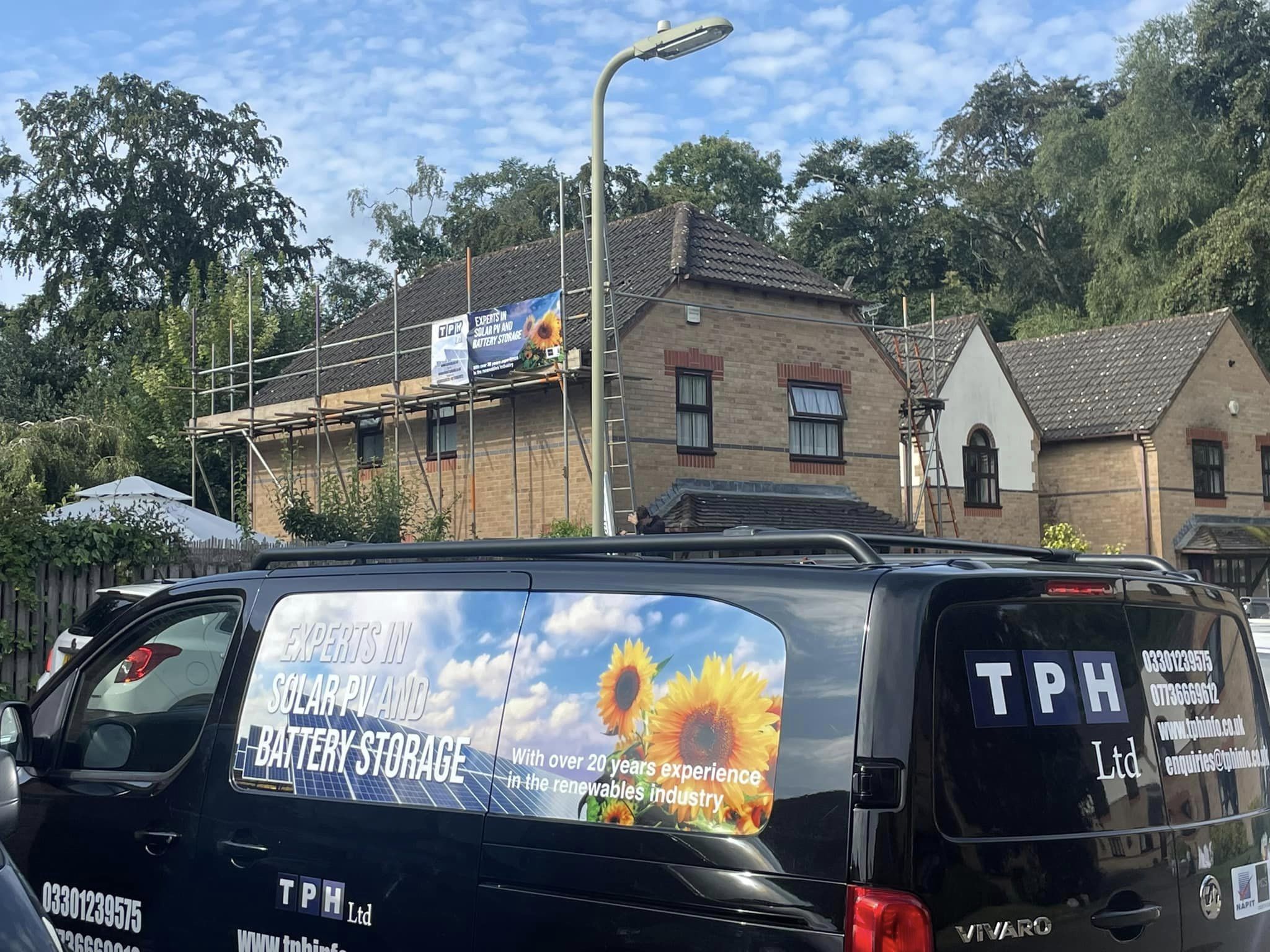
Dibden Purlieu
Our lovely customers Wayne and Wendy had a nervous dog, so whilst he was enjoying some doggy day care, we made sure to get the job done within a strict time frame.
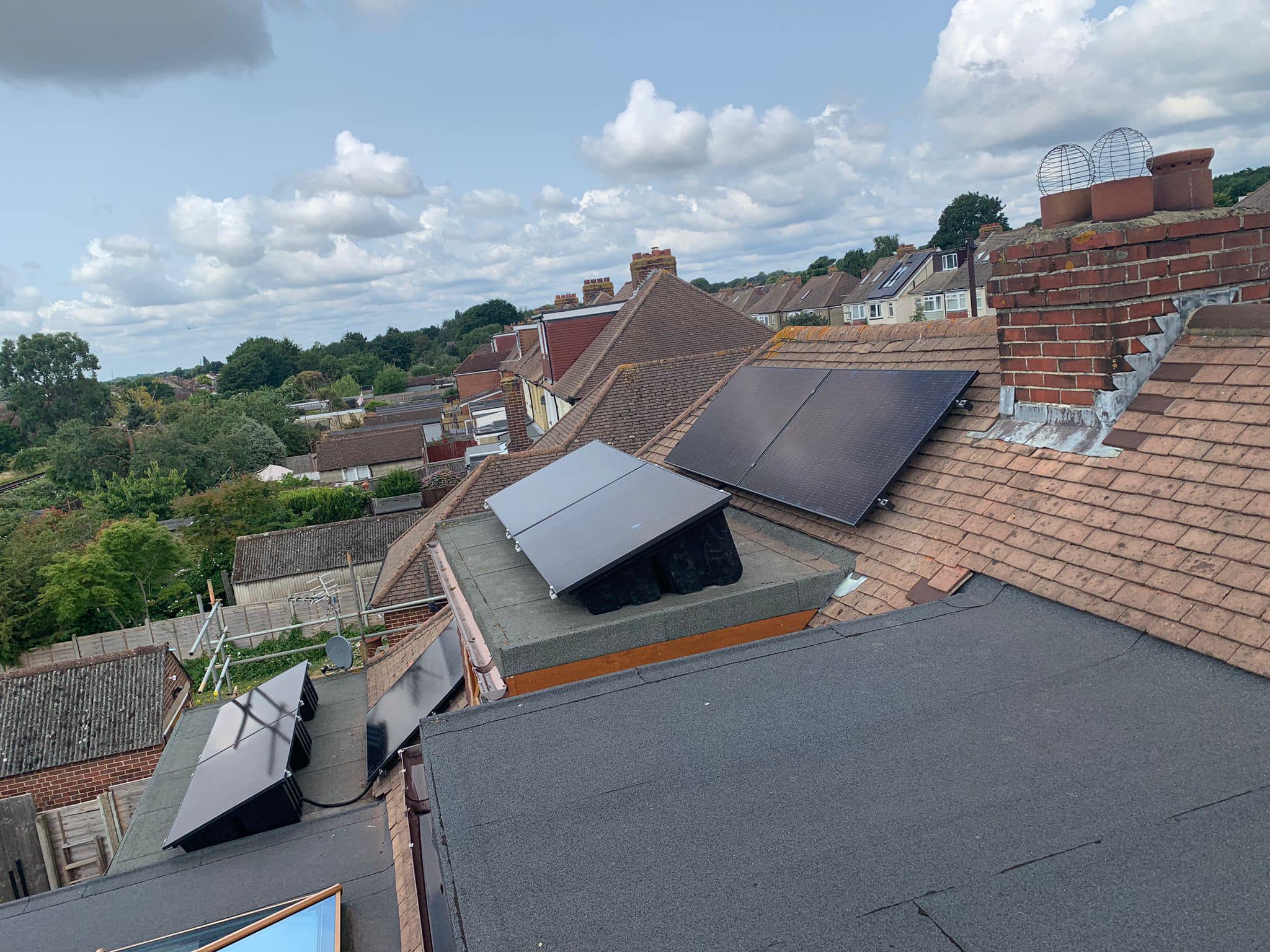
Fareham
This job was a result of another previous customers referral. This particular customer needed a combination of on roof and flat roof mounting systems to maximise investment which was no problem for us at all.
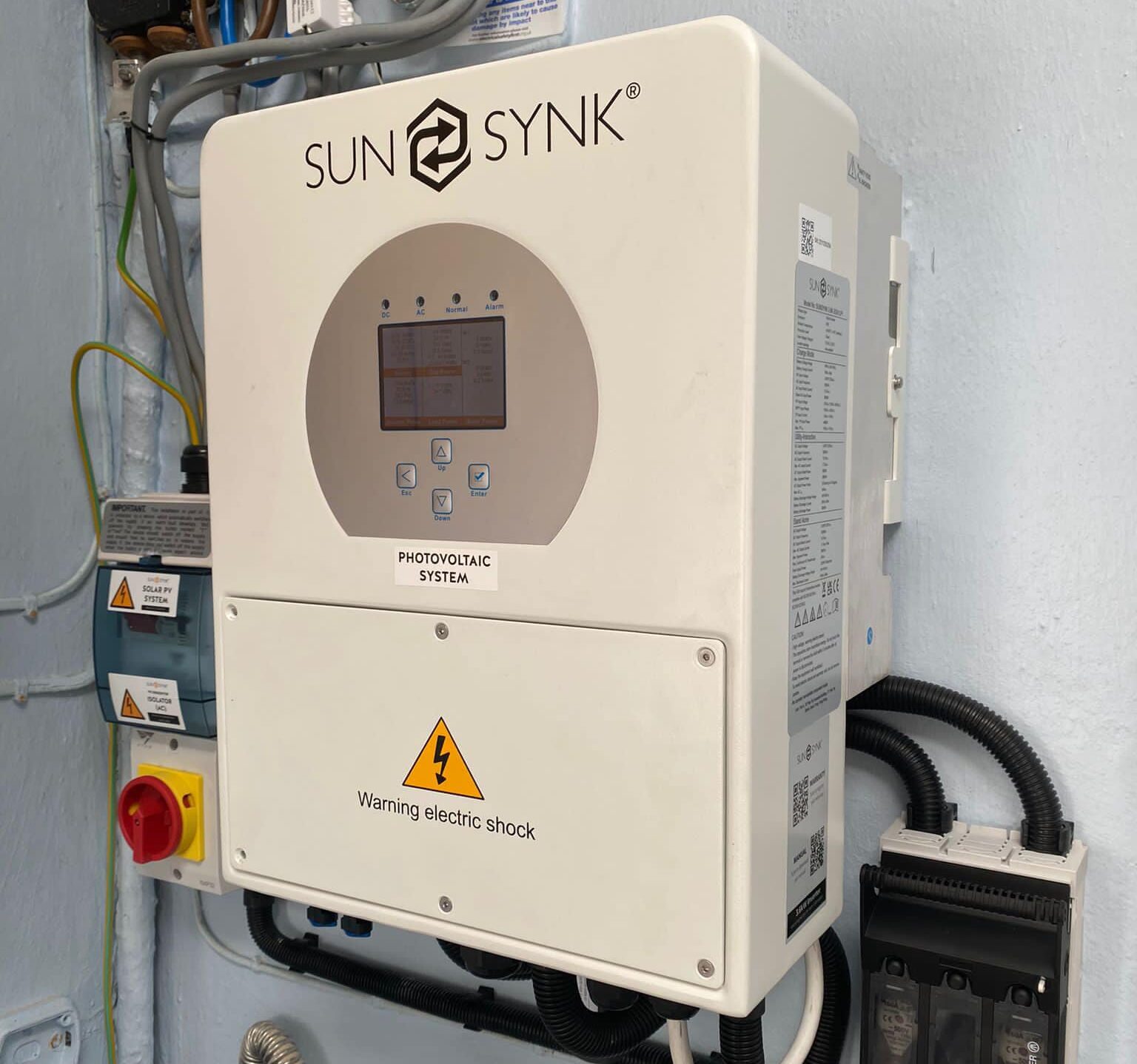
AC Couple
Another AC Couple and Battery job. We are getting more and more of these coming through lately from people that are on Fit Tariffs. Adding battery storage to your existing FIT is simple.
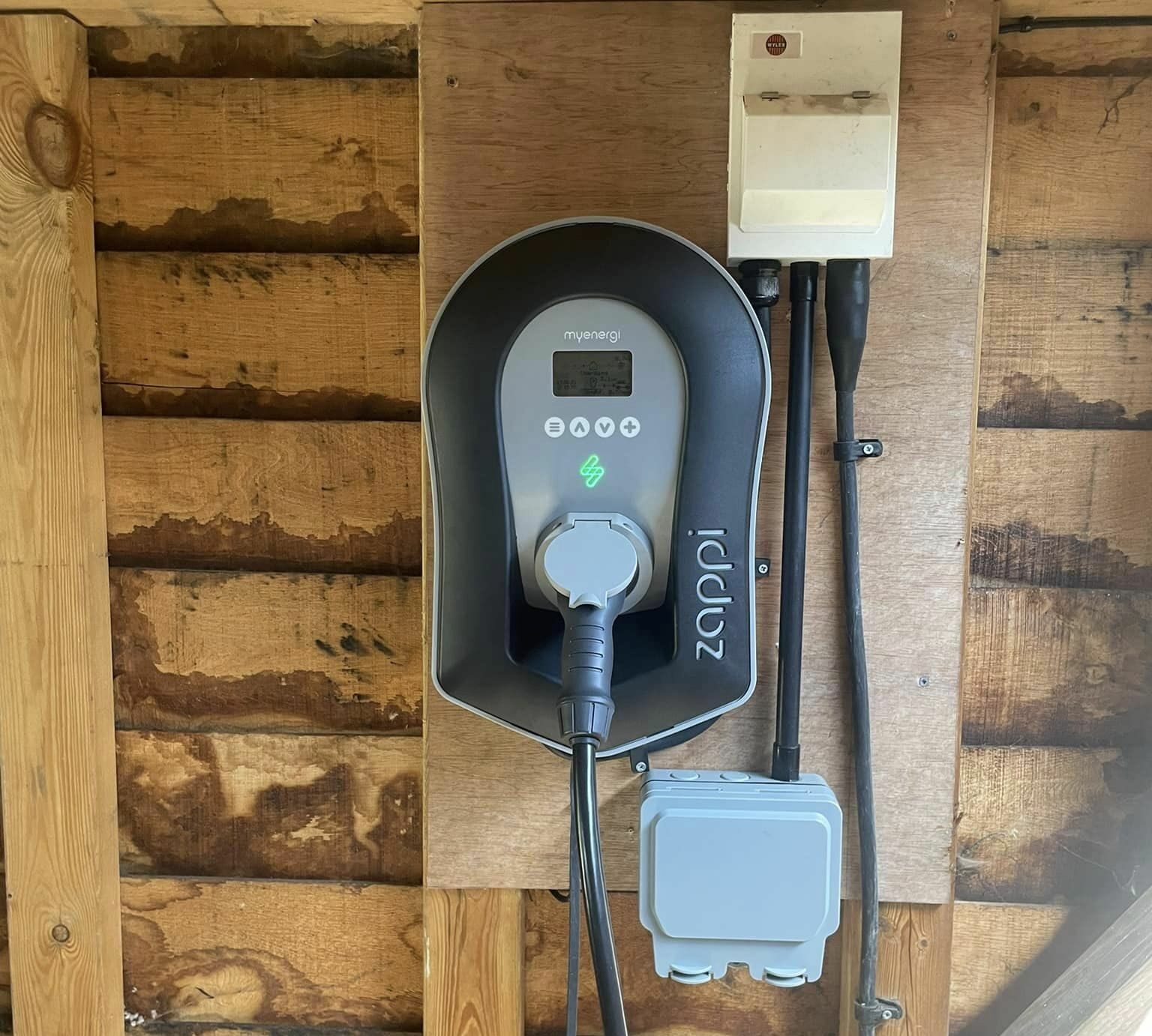
Zappi
The customer had a carpenter build a custom made enclosure to house their inverter and battery outside underneath the car port. This meant some groundwork was done to trench cables back to the house.
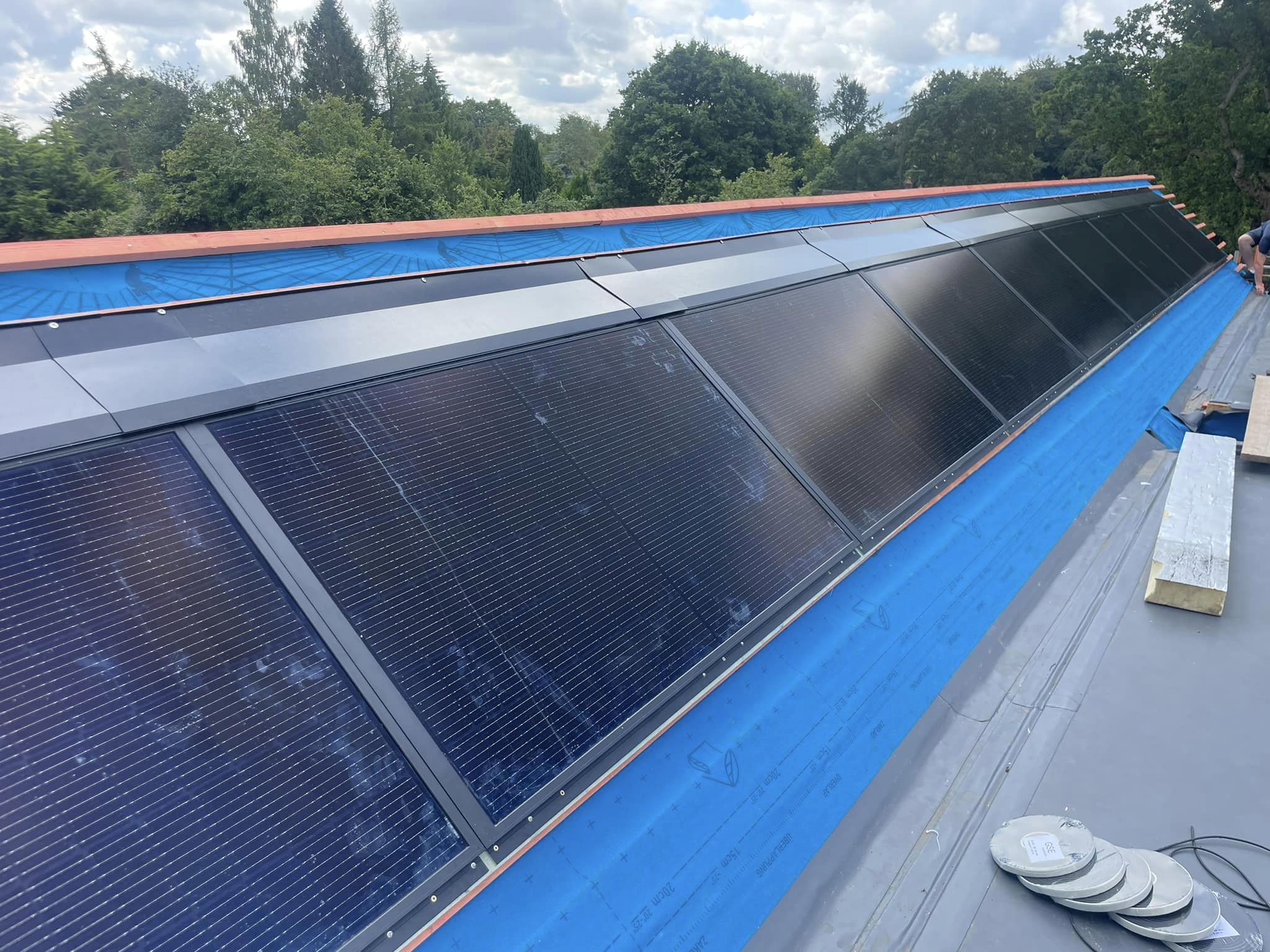
Winchester
Phase one of a in-roof install in a beautiful new build in Winchester. Typically in-roof trays and the panels they are located in are found in portrait orientation. But we decided to go with something a bit different with this one so we could utilise the roof space above the dormers. In order to achieve this we used a Solfit system which offers in-roof panels and trays available in landscape.
Testimonials
What Our Customers Say
TPH was an absolute pleasure to deal with!!! They turned up when they said they would, most polite and courteous and nothing was too much trouble I couldn't recommend them more highly I will certainly be using there services again. This is the first time using them and they gave a five star service.
Contact Us
How can we help?
We strive to be in constant communication with our customers until the job is done and beyond. Please use the form for an estimate, or call us for any questions about converting your home or business to solar. We look forward to serving you.
Office Location
SO41 0NW, Lymington, Hampshire, England, United Kingdom
Phone Us
+44 (0) 330 123 9575
+44 (0) 773 666 9612
Email Us
enquiries@tphinfo.co.uk




Highly recommend TPH, just had a system installed. Guys were great throughout the build, everything explained well, tidy work and came when they said they would. Thanks Danny